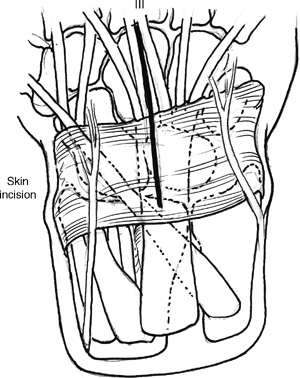58 Scaphocapitate Fusion with Lunate Excision Kienböck disease with the following:
Indications
Technique

Stay updated, free articles. Join our Telegram channel

Full access? Get Clinical Tree


58 Scaphocapitate Fusion with Lunate Excision Kienböck disease with the following:
Indications
Technique




